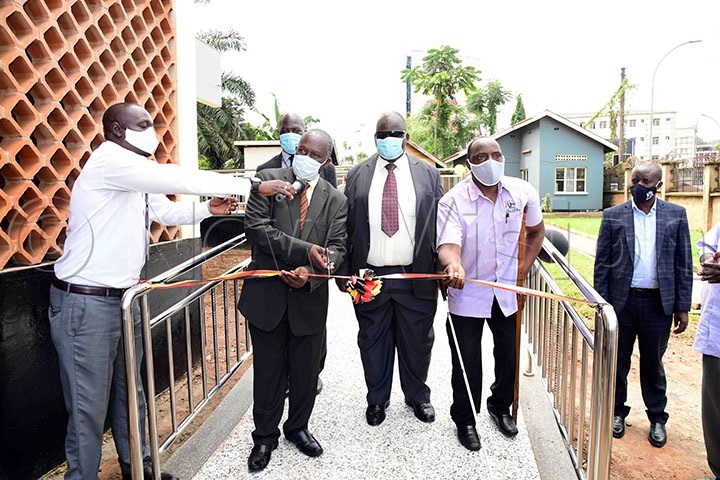Lack of facilities hindering PWDs from accessing public buildings
Nov 29, 2020
The minister declared that it would become a standard practice for all public service offices and facilities to include ramp walkways

PERSONS WITH DISABILITIES
At least 12.4 percent of Uganda's total population have a physical impairment and out of these, only 7.4 percent have been able to attain tertiary education, said Ali Tagoole, the Principal economist at the ministry of public service.
According to Tagoole, out of the total number of Ugandans with physical impairment, 44,000 are employed in the Public Service and often find a lot of challenges accessing buildings at their respective workplaces and other public facilities due to lack of reasonable ‘accommodation'.
He said because many premises, both private and public, lack facilities for easy movement of People With Disabilities (PWDs), they find it uneasy to carry out various engagements.
He suggested that using integrated designs, ministries, departments and agencies within the public service sector can make the necessary adjustments and modifications on all their buildings to cater for PWDs to enable them to achieve their full potential and enjoy all services available.
Tagoole, who walks using crutches, was recently speaking at the commissioning of a modern ramp walkway at the ministry of public service office building at Wandegeya in Kampala.
The minister of Public Service, Muruuli Mukasa presided over the function and directed all government entities without the ramp walkways to immediately make the necessary adjustments and modifications intended to give equal opportunities to all people, including those with physical impairments who cannot use stairs to access offices.
The minister declared that it would become a standard practice for all public service offices and facilities to include ramp walkways
He said there must not be anything that hinders anyone from effective participation on an equal basis with others, adding that there is no medical condition referred to as disability.
The function was attended by Julius Kamya, the commissioner for education and communications at the Equal Opportunities Commission (EOC).
Kamya applauded the ministry for taking the lead to have ramp walkways in place but asked the ministry and other agencies to go further by creating conducive environments for PWDs not only accessing the premises but other facilities inside the offices.
He said the ministries and other departments and agencies will realise after putting in place such facilities that the majority of people will abandon the stairs and instead use the ramps, which he said must be constructed with rails as barriers.

According to Tagoole, many elderly persons, children, expectant mothers, and the sick find problems using stairs and would find it convenient to use ramp walkways.
